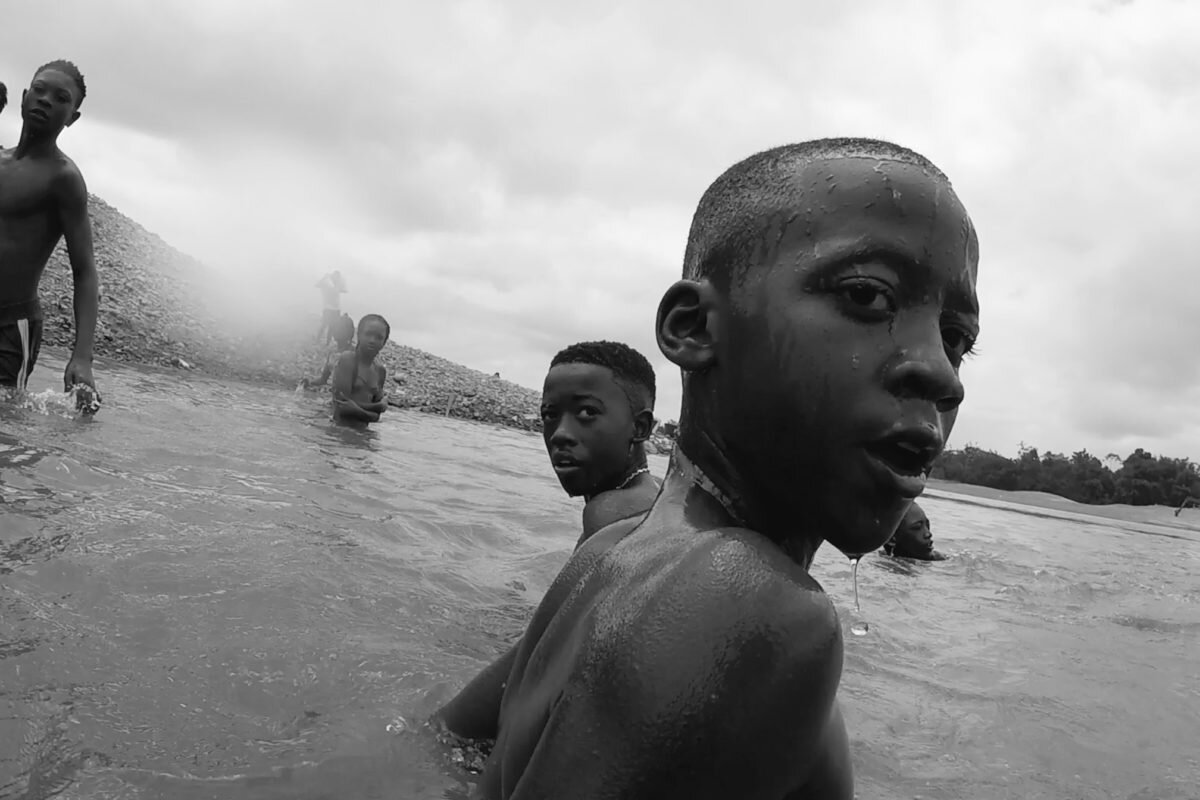by Frederick Gillingham, Melisa Valenzuela on 10 October 2019

Mercury and cyanide contamination from industrial mining activities make Colombia’s Atrato River the most polluted in the country. Photo by Frederick Gillingham.
-
Decades of internal conflict have fueled an unprecedented surge in illegal mining in Colombia’s Choco region, decimating the Atrato River basin and provoking an environmental and humanitarian crisis.
-
In a landmark ruling in 2016, Colombia’s Constitutional Court granted the Atrato environmental personhood rights just as the country signed historic peace accords, but three years on a new era of conflict is plaguing the Choco region.
-
Choco is home to one of the most diverse ecosystems in the world, with an estimated 54,850 animal species living in its dense jungle. But open-pit mining operations and large-scale deforestation are a constant threat.
-
Mercury and cyanide contamination from industrial mining activities make it the most polluted river in Colombia and a clean-up operation promised back in 2016 has yet to materialize.
Snaking its way through Colombia’s northwestern department of Choco, for centuries the Atrato River has been the lifeblood for Afro-Colombian and indigenous communities living along its banks. But decades of internal conflict have fueled an unprecedented surge in illegal mining, decimating the river basin and provoking an environmental and humanitarian crisis in one of the most biodiverse regions on Earth.
In a landmark ruling in 2016, Colombia’s Constitutional Court granted the Atrato environmental personhood rights which bound the state to implement “protection, conservation, maintenance and restoration” of the river and its communities. The ruling came just as the country signed historic peace accords between the Revolutionary Armed Forces of Colombia (FARC) and the state, ostensibly ending more than half a century of war and insurgency.
Yet three years on, a new era of conflict is plaguing the Choco region. Violence and displacement continue to afflict river communities along the Atrato, who remain the poorest in the country. Sporadic fighting between paramilitary groups such as the Gaintanist Self-Defense Forces of Colombia (AGC) and the country’s largest remaining guerilla group, the National Liberation Army (ELN), continue to fill the void left by the FARC. Environmental defenders tasked with overseeing the implementation of the court ruling complain of a complete lack of state action and protection. With intimidation and fears of assassination for carrying out their work a constant threat, they despair of achieving even modest improvements.
Choco is home to one of the most diverse ecosystems in the world. An estimated 54,850 animal species live in Choco’s dense jungle. However, open-pit mining operations and large-scale deforestation are threatening this unique and precious habitat. Mercury and cyanide contamination from industrial mining activities make it the most polluted river in Colombia, but a clean-up operation promised back in 2016 has yet to materialize.
Toxic River offers us rare insight into Choco’s environmental conflict, one of Latin America’s most underreported and yet most urgent issues, through the experiences of three witnesses – a miner, a fisherman and a river guardian. New generations now face an existential threat as the state fails to fulfil its legal obligations and the ethnic communities along Choco’s main waterway fight for a river that remains central to their culture, identity and survival.
